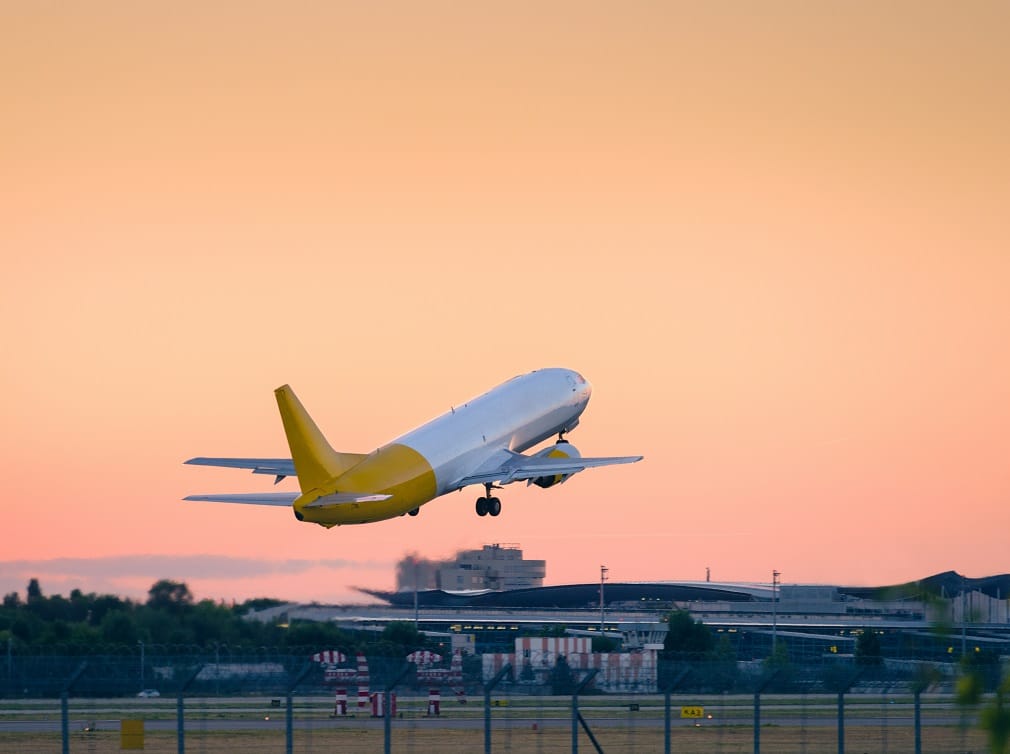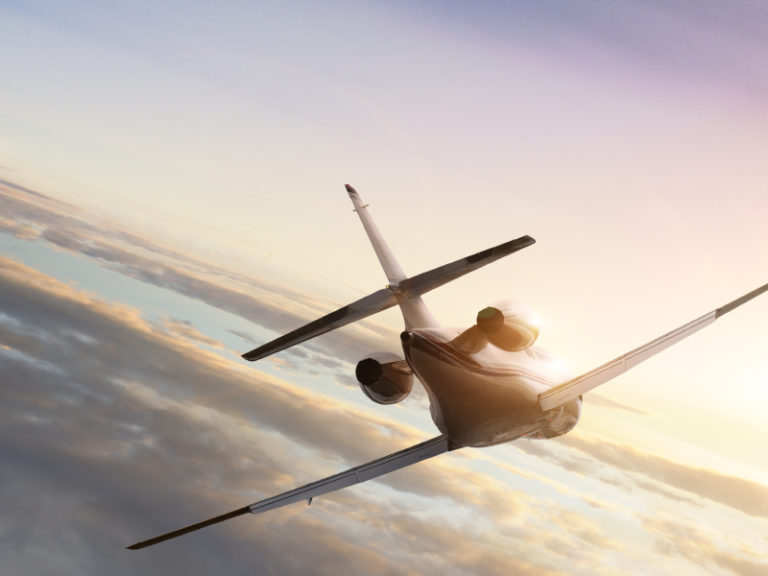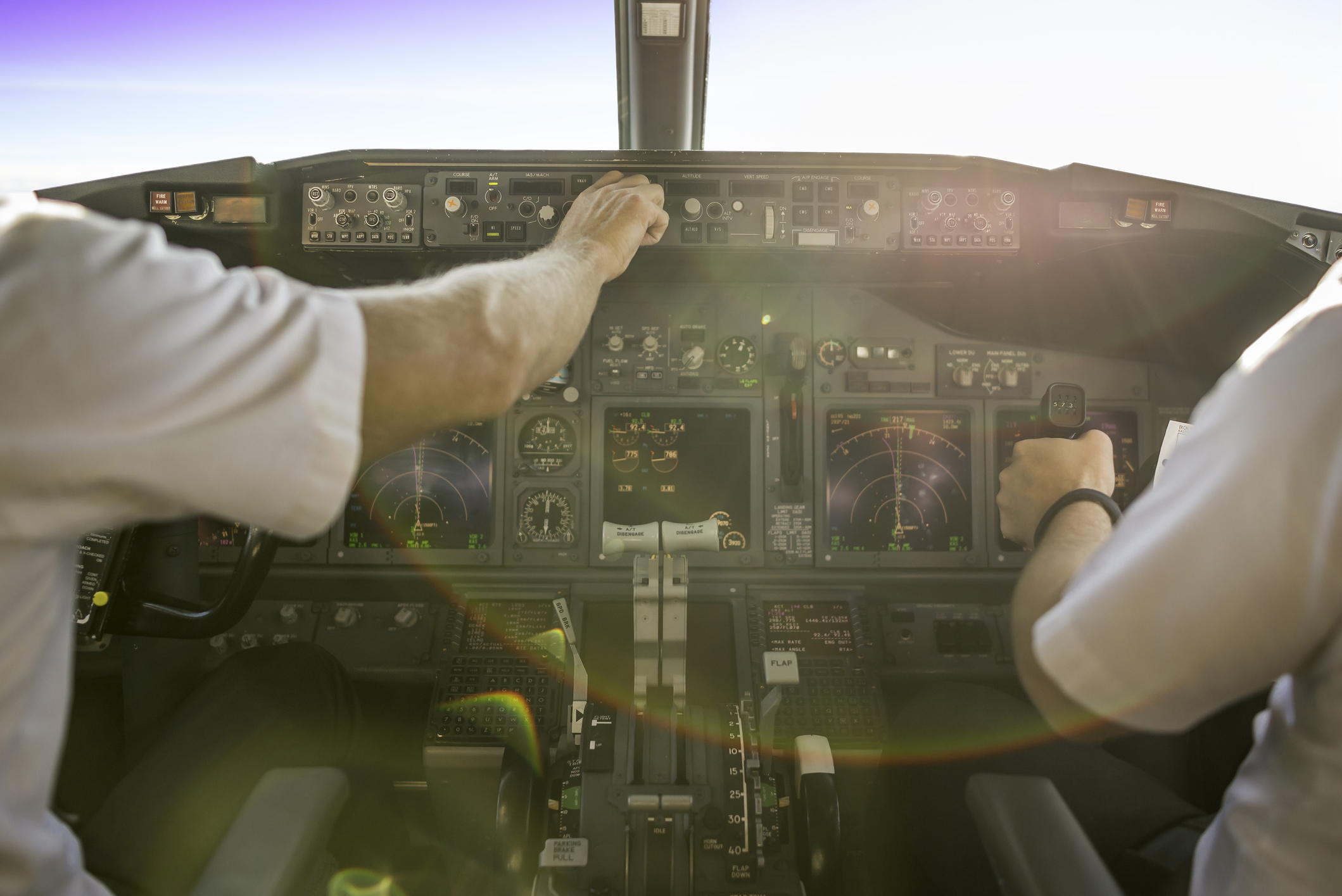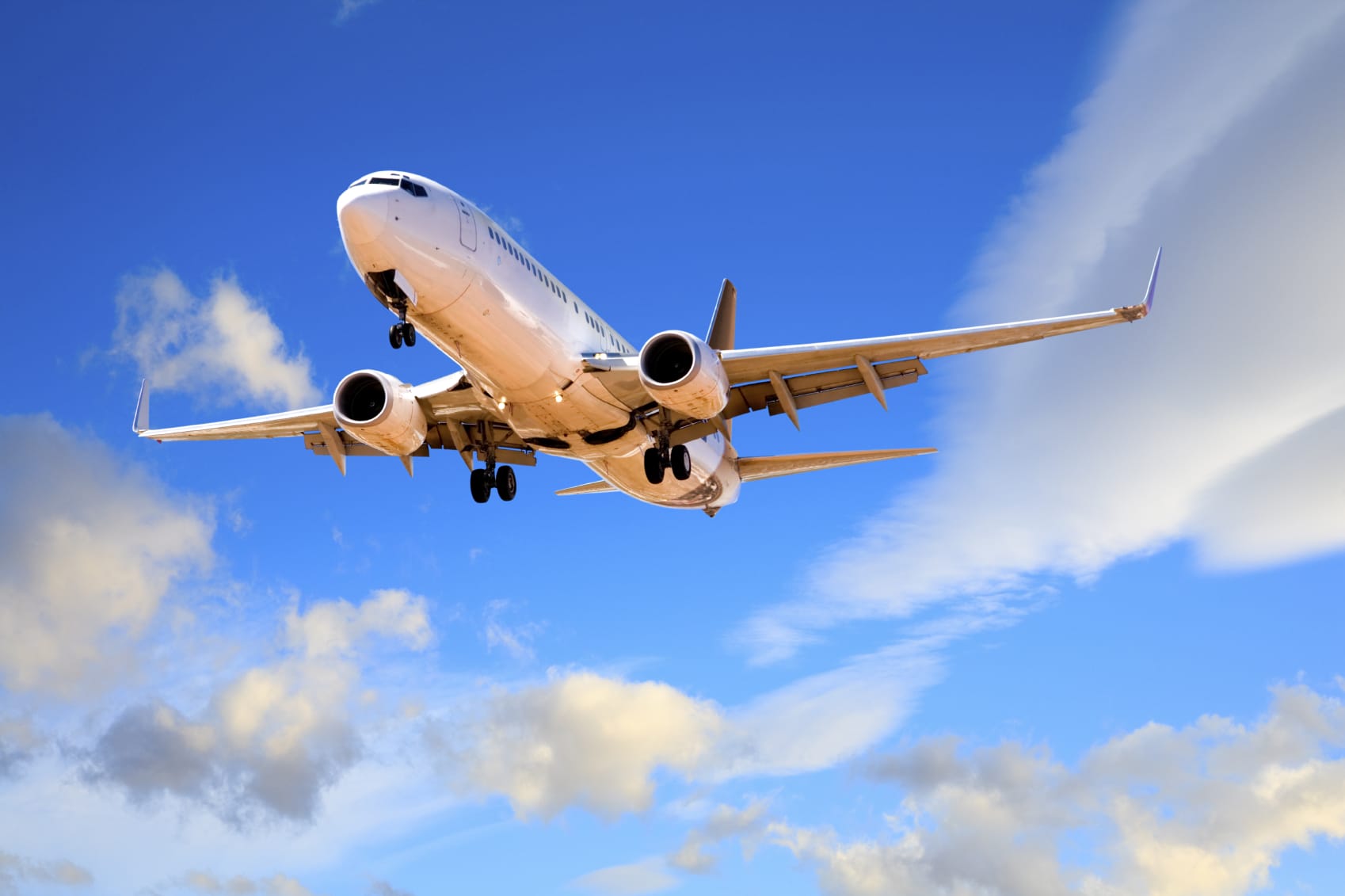In aviation, the concept of “speed” isn’t just “how fast an aircraft is going.” It can refer to a number of operating conditions in relation to the aircraft. To fully understand the capacities, safe performance operation, and limitations of any aircraft, it’s important to have a good grasp of “velocity speeds”, known as V-speeds.
For the most part, V-speeds correspond to green, yellow, red, and white markings on an aircraft’s speed indicator. These assist the pilot in ensuring safe operation by conveying important information about aircraft limitations at a glance.
Why Do Velocity Speeds Matter?
Velocity speeds must be heeded from takeoff to landing, even before an aircraft leaves the runway. The good news for pilots is that velocity speeds have already been calculated for them by the engineers who designed the aircraft. They will differ according to an aircraft’s manufacturer; therefore, when taking them into consideration, it’s imperative to have the performance manual in hand.
V-Speeds and Safety
The US Federal Aviation Administration and their counterparts in other countries’ governments mandate that manufacturers provide certain V-speeds for safety reasons. Others, such as aquaplaning speed (VP), are optional and dependent upon the aircraft’s function. Supersonic aircraft such as military fighter jets may have velocity speeds related to Mach 1, and helicopters have their own set as well.
Let’s look at a few V-speeds which FAA regulations require for certain American aircraft.
Velocity Speeds ForTakeoff
V1: Takeoff Decision Speed
Since it concerns the runway, V1 is the first velocity speed a pilot must take into account. It is the maximum speed during takeoff that will allow the aircraft to stop on what remains of the runway in case of an aborted takeoff.
The calculation of V1 is a matter of many factors. The weight of the aircraft and its cargo is the most important component. Airport elevation, the existence of any slope on the runway, and the presence of precipitation or ice also play a role. Temperature and wind speed are also factors, as are configuration of the airplane.
The bigger the airplane, the higher V1 will be, since the airspeed depends on weight. A larger aircraft will take longer to stop. Therefore, a Boeing 777 loaded to capacity will have a higher V1 than a small Beechjet400 carrying only the pilots, minimal cargo, and enough fuel for a short flight.
V2: Takeoff Safety Speed
V2 assumes that one engine of a multi-engine aircraft is no longer functioning during takeoff. In this critical event, pilots must be aware of V2: The speed which an aircraft disabled in this manner may still safely climb. V2 will vary based on the position of an airplane’s flaps at the time of failure, as well as which engine may have become inoperable.
Vx: Best Angle of Climb
Pilots who need to take care to avoid obstructions such as cell phone towers or tall buildings during takeoff must pay special attention to Vx. It is the speed which provides for the best angle of climb, however, it sacrifices rate of climb. Horizontal distance is key in the calculation of Vx.
Velocity Speed In Flight
VNE: Never Exceed
If you have read Tom Wolfe’s The Right Stuff, which tracks the story of America’s first astronauts and the exploits of early test pilots such as Chuck Yeager, you’re familiar with the phrase “pushing the envelope,” which refers to testing the outer edges of aircraft parameters. Vne is one such limit. It is the “never exceed speed,” the one at which a pilot flirts with structural damage to an aircraft. For instance, the winglets or tail of the aircraft may become affected, and the overall airframe could begin to weaken. BecauseVne is so important for pilots to mind, it’s almost always designated by a heavy red line on an aircraft’s airspeed indicator.
VNO: Maximum Structural Cruising Speed
Less exciting than VNE but just as important, VNO lets pilots know how fast the aircraft can safely go when it is operating normally. While the airplane is cruising along, a pilot may occasionally check his or her airspeed in relation to VNO. A quick glance at the airspeed indicator will assure the pilot that the aircraft is flying at a safe speed: The needle hovers within a wide green arc.
Should the aircraft begin to nudge above VNO and approach VNE, the needle will move into a yellow range. This is a speed pilots should approach with caution and only in smooth, non-turbulent air.
VA: Design Maneuvering Speed
VA is the maximum speed for an aircraft in flight while in turbulent air. When the atmosphere creates a bumpy ride, pilots slow down to remain within the constraints of VA. This reduces lift on the wings and stress on the airframe. Engineers must take VA into special account when designing airplanes intended for aerobatics.
Weight is taken into consideration when VA is calculated: As the airplane burns fuel and becomes lighter, its VA drops as well.
Velocity Speed During Landing
VFE: Maximum Flap Extended Speed
Pilots check on flap velocity speeds—designated by an white arc on an airspeed indicator–constantly throughout the landing process, and sometimes during takeoff as well. VFElets a pilot know the maximum speed at which the flaps may be safely operated.
Maximum Flap Extended Speed is specific to each flap setting. On an airspeed indicator, VFE is sometimes marked at the top of the white arc.
VSO: Stall Speed (Minimum Speed) in Landing Configuration
When it’s time to seek the runway of an arrival airport, pilots extend the flaps of the airplane. This creates an increase in drag, which slows the aircraft in preparation for landing. But how will the pilot know how slowly the aircraft may go before it stalls?
VSO is the answer. Under calm air conditions, approaches are flown at around 15% above stall speed for maximum efficiency. For the FAA to designate an aircraft airworthy, it must demonstrate the capability to withstand a crosswind within 20% of VSO.
Ready to soar in your aviation career?
Mr. Matthew A. Johnston has over 23 years of experience serving various roles in education and is currently serving as the President of California Aeronautical University. He maintains memberships and is a supporting participant with several aviation promoting and advocacy associations including University Aviation Association (UAA), Regional Airline Association (RAA), AOPA, NBAA, and EAA with the Young Eagles program. He is proud of his collaboration with airlines, aviation businesses and individual aviation professionals who are working with him to develop California Aeronautical University as a leader in educating aviation professionals.





Do you know the differenve between the military refusal speed and the civil v1speed?
That’s a good question! The military refusal speed is the same as the civil V1. Both speeds are based on the available runway length, altitude, weight, and the configuration of the aircraft.